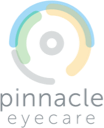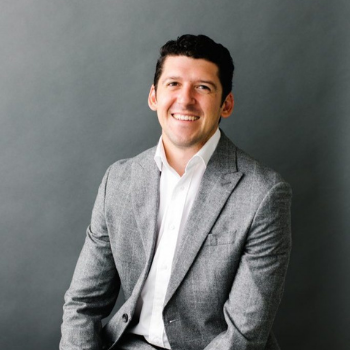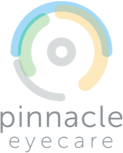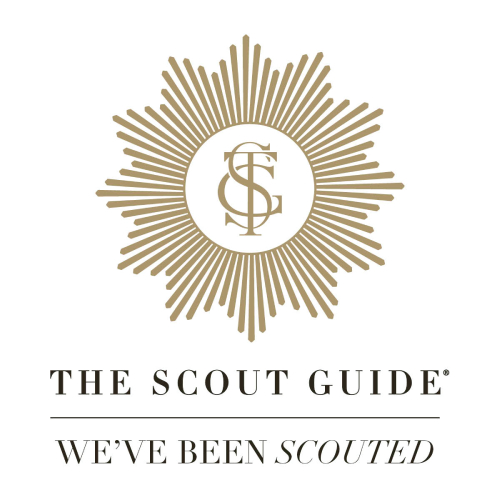Presbyopia and myopia are 2 common refractive errors that an optometrist can detect during a comprehensive eye examination. Presbyopia and myopia typically affect different age groups, change visual clarity at different distances, and cause different changes in the eye itself.
| Myopia | Presbyopia | |
| Vision Issue | Distant objects appear blurry | Close up objects appear blurry |
| Cause | The eye becomes elongated and light focuses in front of the retina | The lens of the eye hardens and loses flexibility due to aging |
| Symptoms | Squinting, eye strain, headaches, difficulty seeing road signs or the board in school | Holding reading material farther away, eye strain, headaches |
One of the primary differences is that presbyopia is a refractive error caused primarily by aging. That’s why during a children’s eye exam, there may be a larger focus on detecting myopia versus presbyopia.
Reviewing these refractive errors in greater detail to examine their key differences and treatment options can help you understand your own vision needs.
What are Refractive Errors?
Refractive errors are common vision problems that can make seeing clearly difficult. One thing that all refractive errors share in common is that they affect how the eye focuses light. Other than that, they have several differences.
Presbyopia
As we age, we have many things to look forward to. There are some things to be excited about and others that can present a challenge. Unfortunately, presbyopia is one of the challenges that typically affects our eyes as we age.
Presbyopia typically develops in a person’s mid-40s and usually worsens until their 60s. When your eyes are affected by presbyopia, things up close, like a newspaper or cell phone, gradually become more blurry. You may notice yourself trying to hold objects farther away to see them clearly.
Unlike myopia, presbyopia doesn’t change where the light focuses in your eye. Instead, it’s caused by the eye’s lens (the part responsible for focusing light) hardening over time until it doesn’t bend properly to refract light and focus on close objects.
Myopia
Myopia is commonly referred to as nearsightedness. When your eyes are affected by myopia, the shape of your eye causes light to refract inaccurately, resulting in blurry distance vision.
To visualize the effects of myopia, think of a basketball or round shape as the ideal shape for your eye. As the eye matures, it can become more oval-shaped, which changes where the light refracts in the eye.
Myopia commonly develops in children and adolescents. In some cases, myopia control methods may be effective in slowing or stopping the error’s progression. Doing this may prevent a child’s future needs for other corrective eyewear.
Depending on when your child begins developing myopia, they may be unable to tell you they’re noticing changes in their vision. A couple of childhood myopia signs you can watch for include:
- Wanting to sit closer to the front of the classroom or the TV
- Holding books or toys closer than usual to their face
- Squinting, rubbing their eyes, or blinking a lot
- Complaining about not being able to see things they normally can

Key Differences Between Presbyopia & Myopia
As you can see, myopia and presbyopia have several differences.
Here’s a quick review of the key differences:
- Age: Presbyopia is primarily an age-related refractive error. Whereas myopia typically develops in children and stops in their mid-20s.
- Physical changes in the eye: Presbyopia is caused by a physical change in the eye’s lens when it hardens and cannot bend to refract light. In contrast, myopia relates to how the shape of your eyes themselves change the way they focus light.
- Vision changes: Presbyopia only affects a person’s close-up vision (what you might call their reading vision). In contrast, myopia doesn’t affect an individual’s close vision. Instead, things in the distance can become blurry. The severity of each refractive error can vary.
Treating a Refractive Error
One positive thing about refractive errors being a common vision problem is that many comprehensive, effective treatments exist.
Prescription Eyeglasses
Prescription eyeglasses are helpful for many people who need to manage myopia and presbyopia. There is a huge amount of flexibility in how prescription lenses can be customized to fit unique vision needs.
In addition to correcting refractive errors and other vision problems, some lenses are available with different kinds of coatings. For example, if you spend a lot of time on computers for work, a blue light filter coating on your lenses may be beneficial in helping prevent digital eye strain symptoms.
Contact Lenses
For those who prefer a frameless face, contact lenses may be an option. To fit your eyes for contact lenses, your eye doctor typically performs a contact lens fitting exam that includes various eye measurements.
With advances in technology, there are many types of contact lenses. Each has its advantages and disadvantages. Talk to your optometrist about which options may be right for your vision needs.
Refractive Surgery
If you’re interested in a more permanent solution to vision problems, refractive surgery may be an option. However, a minimum age of 18 is a requirement for many of these procedures, so they won’t be an option for myopia in children in many cases.
LASIK and PRK are 2 of the most common laser refractive surgery options your optometrist may offer.
Discuss Your Options With Your Eye Doctor
Depending on their age and eye health, most people should see their eye doctor every 1 to 2 years. If you’ve noticed vision changes in yourself or a child, it can be beneficial to speak with your optometrist.
Reach out to our office at Pinnacle Eyecare today. Our friendly team can answer your questions or book an appointment for you with one of our optometrists.






